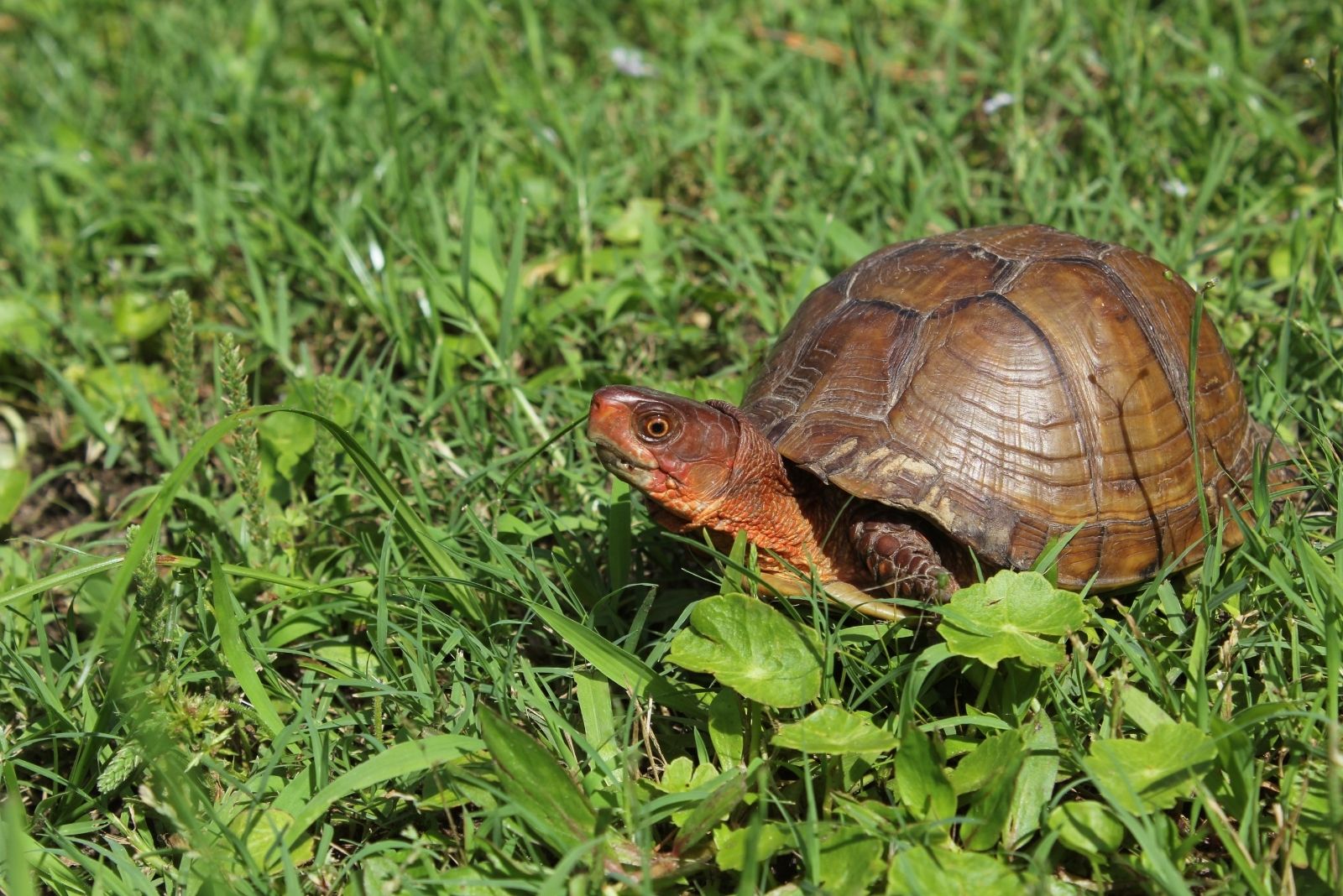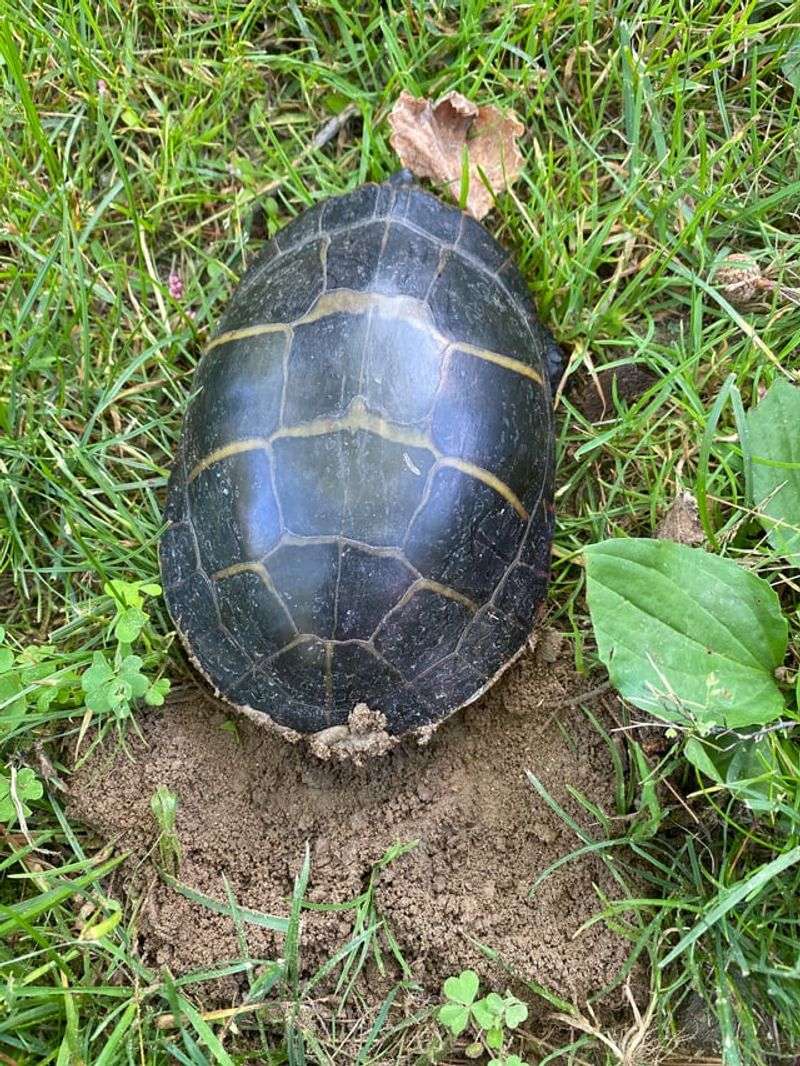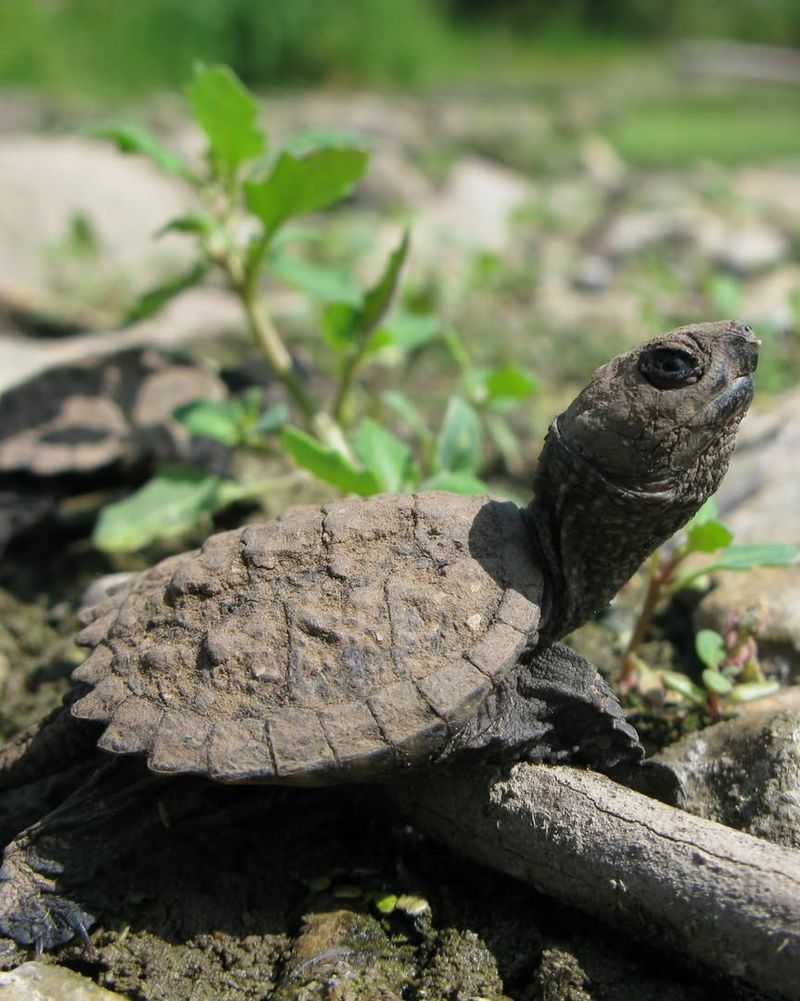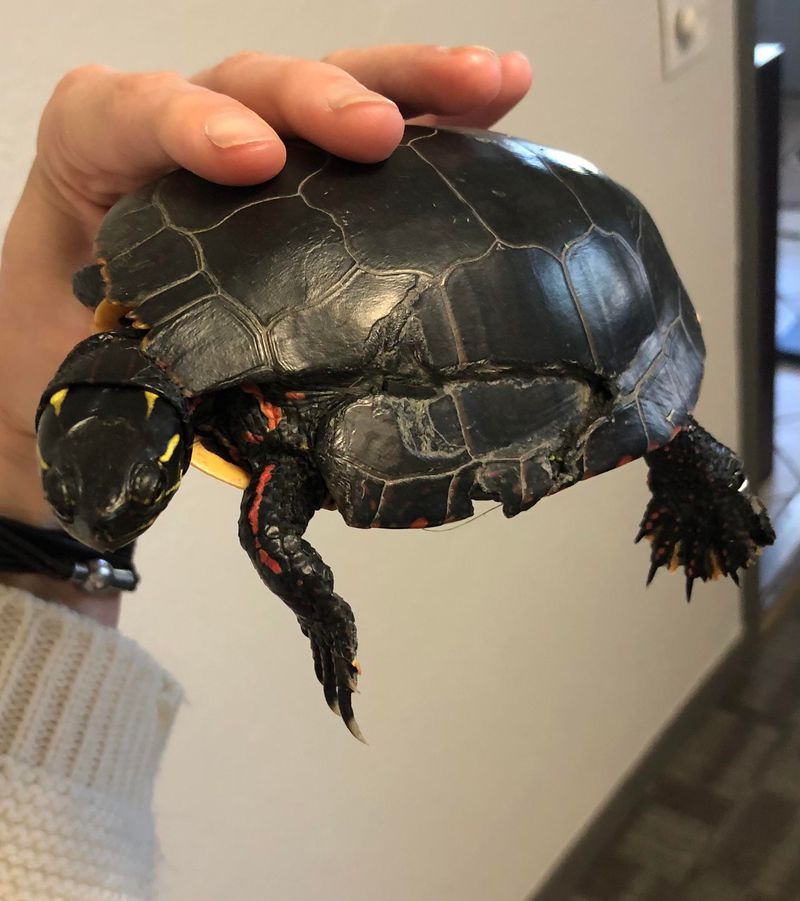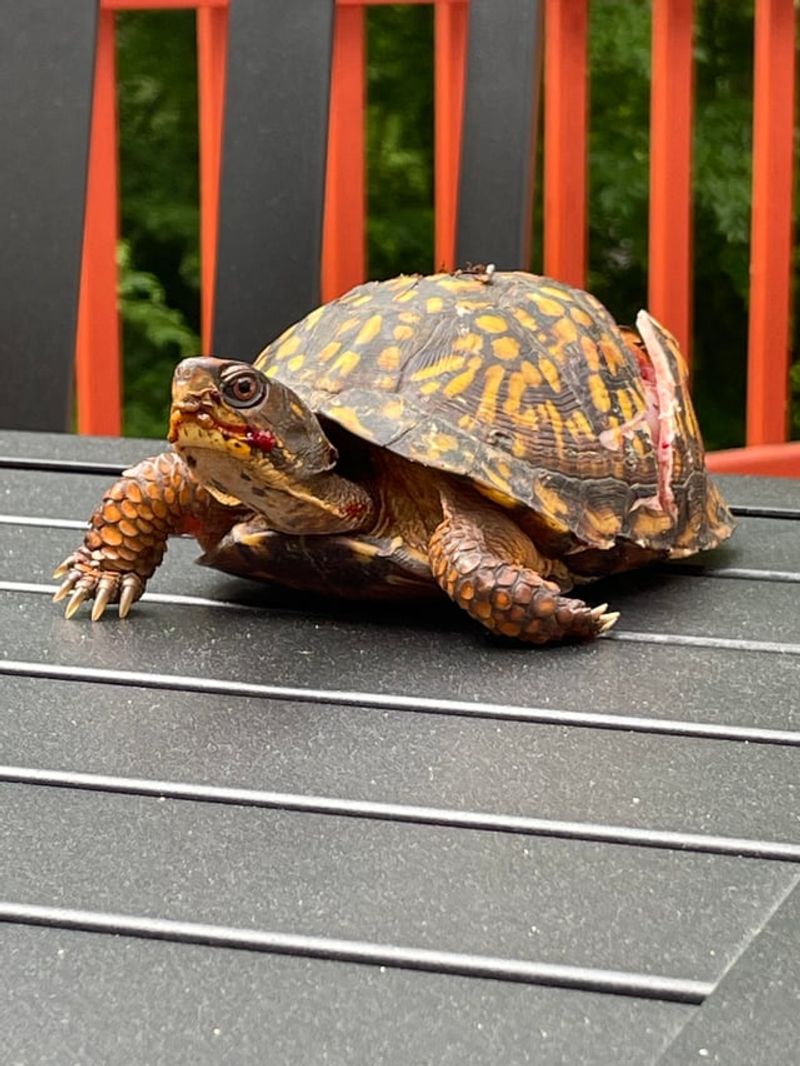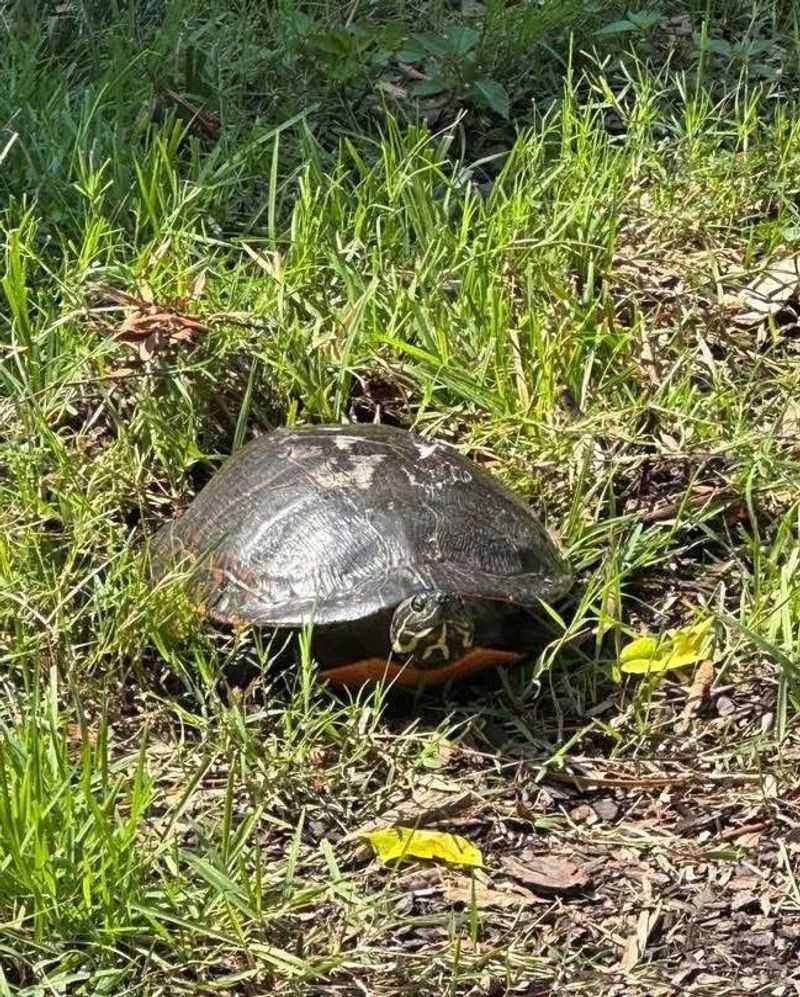Finding a turtle slowly making its way across your lawn can be both surprising and exciting. Washington State is home to several turtle species, and knowing how to respond when you encounter one is important for both your safety and the turtle’s well-being.
Whether it’s a native species or someone’s lost pet, your actions can make a real difference in helping the turtle stay safe and healthy.
1. Observe From A Safe Distance First
Before rushing over to pick up the turtle, take a moment to watch it from where you stand. Look at its size, shell pattern, and behavior to get clues about what kind of turtle it might be.
Some turtles can be surprisingly quick or defensive when approached. Keeping your distance initially helps you stay calm and make better decisions. Snap a quick photo if possible, as this can help with identification later.
2. Identify Whether It’s A Native Species
Washington is home to native turtles like the Western Pond Turtle and Painted Turtle, which are protected by law. These turtles usually have darker shells with yellow or red markings.
If the turtle looks exotic, brightly colored, or has unusual patterns, it might be an escaped pet like a Red-Eared Slider. Knowing the difference matters because native turtles should generally be left alone in their natural habitat. Check online resources or contact local wildlife authorities if you’re unsure.
3. Check For Obvious Injuries Or Distress
Gently examine the turtle from a safe angle to see if it appears hurt. Look for cracks in the shell, bleeding, or limbs that seem damaged or unable to move properly.
A healthy turtle will typically pull its head and legs into its shell when approached. If the turtle seems lethargic, has discharge from its eyes or nose, or can’t walk straight, something might be wrong. Injured turtles need professional help right away.
4. Move It Safely If It’s In Danger
Turtles crossing driveways, near pools, or in areas with pets face serious risks. When moving one, always pick it up by grasping both sides of the shell near the middle, keeping it low to the ground.
Never lift a turtle by its tail, as this can injure its spine. Carry it in the direction it was already heading, not back where it came from, since turtles are usually traveling with purpose. Place it in a safer spot nearby.
5. Provide Temporary Shelter If Needed
Sometimes a turtle needs short-term protection while you figure out the next steps. A cardboard box with air holes, a shallow water dish, and a damp towel makes a decent temporary home.
Keep the box in a cool, quiet place away from direct sunlight and curious pets. Don’t try to feed the turtle unless a wildlife expert tells you to, as different species have very specific diets. This setup works for a few hours until help arrives.
6. Contact Local Wildlife Rehabilitation Centers
If the turtle is injured, seems like a non-native species, or you’re worried about its welfare, reach out to professionals who know how to help. Washington has several wildlife rehabilitation facilities that specialize in reptiles and can provide proper care.
They’ll advise whether to bring the turtle in or release it nearby. Many centers have hotlines specifically for wildlife emergencies. Acting quickly improves the turtle’s chances of survival and recovery significantly.
7. Know When To Simply Let It Go
Not every turtle encounter requires human intervention. If the turtle appears healthy, is a native species, and isn’t in immediate danger, the best choice is often to leave it alone completely.
Turtles travel seasonally to find food, mates, or nesting sites, and interfering with their natural journey can actually cause more harm than good. Watch from a distance to make sure it reaches safety. Sometimes doing nothing is the most helpful action you can take.

